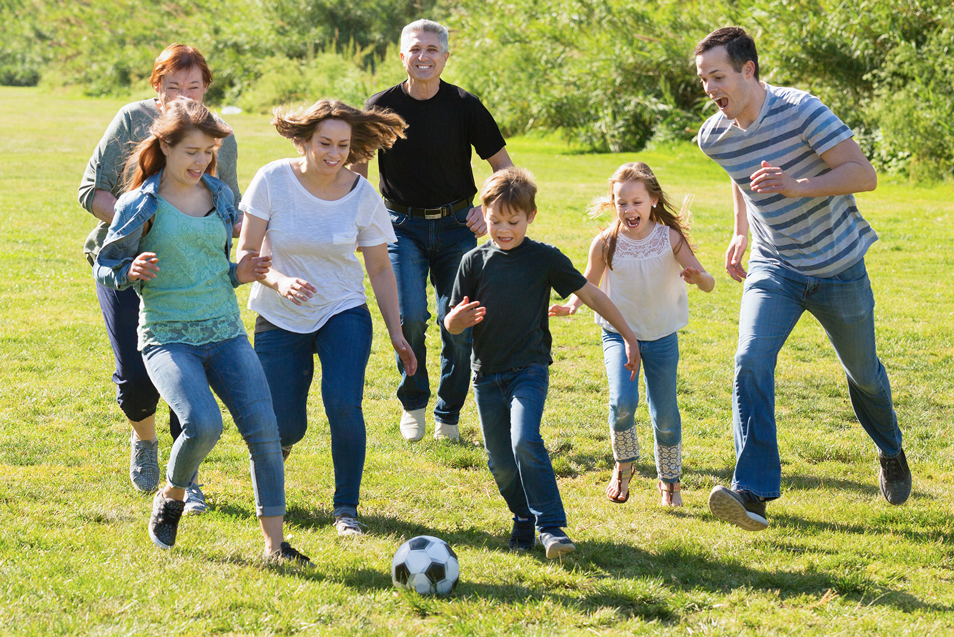Mental health is a complex interaction between a person’s cognitive, emotional, social, behavioral, and even physical health. Each aspect impacts the others, so it’s vital to support all of those areas of life — especially when it comes to children’s mental health.
During childhood and adolescence, the brain is undergoing rapid growth and development, acquiring emotional and cognitive skills that shape their future mental health. Good mental health lets children think clearly, learn new skills, develop healthy relationships, and learn how to cope. Unfortunately, too many children and teenagers suffer from poor mental health – which means they suffer in other areas of life, too.
The State of Youth Mental Health
According to the Centers for Disease Control and Prevention, ADHD, behavior problems, anxiety, and depression are the most commonly diagnosed mental disorders in children.
- 1 in 6 U.S. children aged 2–8 years had a diagnosed mental, behavioral, or developmental disorder.
- 20% of youth ages 13–18 live with a mental health condition.
- 37% of students with a mental health condition age 14 and older drop out of school.
- 70% of youth in state and local juvenile justice systems have a mental illness.
Locally, in 2019, more than 29,000 Jackson County, MO children received public mental health services for serious emotional disturbances. 8.3% of teenagers in our county attempted suicide.
There are a lot of factors that contribute to mental health challenges in children, including economics and ethnicity. In some ways, we see a cultural stigma around accessing mental health services that drives a level of disparity.
- Twenty-one percent of low-income children and youth ages 6–17 have mental health disorders.
- 57% of these low-income children and youth come from households with incomes at or below the federal poverty level.
- 88% of Latino children and youth have unmet mental health needs, compared to 77% for African-Americans and 76% for white children and youth.
COVID-19 and Youth Mental Health
The pandemic has taken a toll on everyone’s mental health, and kids are no exception. A report from Mental Health America found that, especially early in the pandemic, young people struggled the most with their mental health. Youth ages 11–17 were more likely than any other age group to screen for moderate to severe symptoms of anxiety and depression. From January to September, 2020, 77,470 youth reported frequent suicidal ideation — including 27,980 LGBTQ+ youth.
ChildMind.org reports that before the pandemic, mental health professionals struggled to meet the needs of the 1 in 5 children and adolescents with a mental health or learning disorder. In surveys now, 30-40% of young people say they’re depressed, anxious and/or stressed.
That same report showed that the biggest indicator of a child’s mental health during the height of the pandemic was their mental health during the three months before it began. So, a kid or teenager struggling with depression before the pandemic was more likely to struggle with depression later. Ensuring our kids have good mental health outside of a crisis makes it more likely they’ll be able to manage a crisis better when it comes.
How to Support Children’s Mental Health
Physical health needs certain basics to thrive, and so does mental health. To be well physically, children need:
- Nutritious food
- Safe shelter
- Adequate sleep
- Physical activity
- Healthy living environment
- Immunizations
For good mental health, children need their physical needs met, plus:
- Self-confidence and self-esteem
- Safe and secure surroundings
- Unconditional love from family
- Healthy (and fun!) interaction with other kids
- Encouraging teachers/supportive caretakers
- Guidance
Children’s Services Fund of Jackson County provides financial support to local organizations that support the mental, social, and emotional well-being of children and youth. The 10 service areas we fund promote that well-being for kids all across the county. We invest in organizations that offer:
- Crisis Intervention
- Individual, Group and Family Counseling
- Prevention Services
- Temporary Shelter
- Home and Community-based Intervention
- Transitional Living
- Outpatient Psychiatric Treatment
- Outpatient Substance Use Treatment
- Respite Care
- Services to Teen Parents
Children’s mental health matters — to all of us. Curious about which organizations we fund? Here’s a list of our current partner organizations.
Sources:

